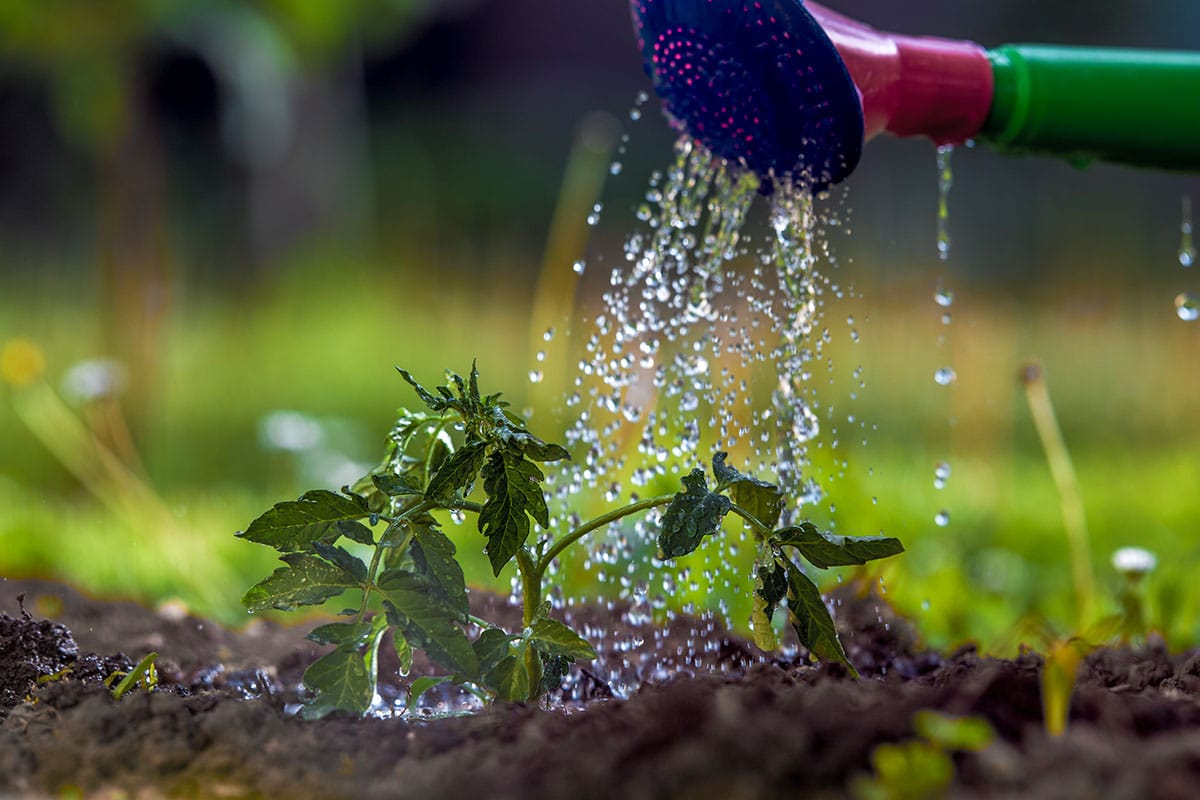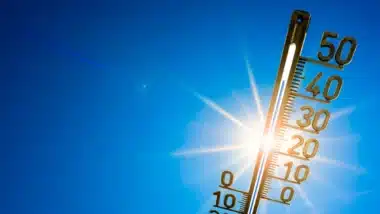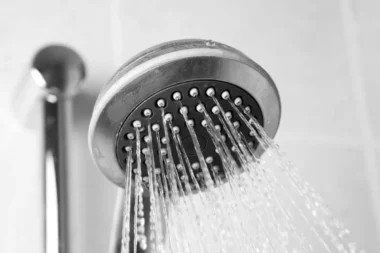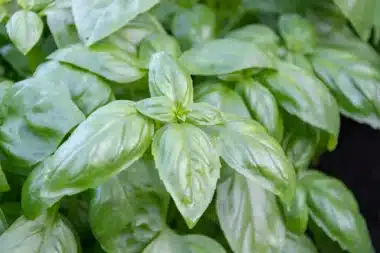Getting tomatoes to thrive really comes down to nailing their watering needs—a task that might seem simpler than it actually is. Watering your tomatoes the right way is key for healthy plants and a rewarding harvest. Whether you’re a seasoned gardener or just starting out, tweaking how you water based on different conditions can make a real difference in your plants’ health and fruit output.
Understanding basic water requirements
Tomatoes typically need 1 to 2 inches of water per week. That said, this is just a starting point since how often and how much you water depends on several factors like your soil type, where you planted your tomatoes, and the weather (think of the climate as nature’s watering schedule). A tried-and-true trick is to check the soil moisture—if it feels dry a few inches down, it’s time to water, maintaining a consistent watering routine.
Weather matters a lot too. In hotter, drier areas, your tomatoes might need a bit more love from the hose, especially in urban gardening settings. Gardening expert Rebecca Sears even mentions that “in extreme heat, container tomatoes may need daily watering” (and in some super hot, dry spells, you might even end up watering them twice a day).
Prune These 8 Plants in July for the Best Blooms and Growth Next Year
What affects how often you water
The soil your tomatoes grow in plays a big part. Sandy soil dries out quickly, so you might need to water three or four times a week. On the flip side, clay soils tend to hold onto moisture, meaning a weekly watering is often enough. Weather conditions also play a role—for instance, if there’s no rain during the summer, you’ll have to step up your watering game, while a good rainstorm might let you skip watering for a day or two.
How you plant your tomatoes also counts. Those planted directly in the ground boast deeper roots that tap into natural water reserves, unlike container-grown ones which dry out faster and need more attention. As Sears puts it, “Container plants tend to dry out faster and therefore may require more frequent watering” (a handy tip for container gardeners).
Watering tips for different growth stages
Different stages of growth call for different watering routines. For tiny seedlings, it’s important to keep the soil evenly moist—this might mean daily misting or bottom watering if the top layer dries out quickly. New plants benefit from daily watering during their first week after transplanting before you can gradually ease off.
Once your tomato plants mature, they usually need 1 to 2 inches of water per week. However, if they start producing fruit or if it gets really hot, be prepared to water a bit more. As Sears advises, “Adjust watering needs as you go, either watering more or less to balance out the soil moisture” (so keep an eye on how your plants react).
Tweaking watering for different setups
Tomatoes in garden beds and those in containers have different needs. In-ground beds usually call for less frequent watering because those deep roots can reach down to tap extra water. On the other hand, raised beds may need watering every day during heatwaves because they dry out faster.
For container-grown tomatoes, checking the soil moisture every day is super important, since water tends to evaporate quicker. Using organic mulch can help keep the soil moist longer and cut down on how often you have to water.
Spotting signs of watering woes
Knowing the signs of too little or too much water can stop problems in their tracks. If you see leaves curling or drooping, it’s likely your tomatoes aren’t getting enough water. On the other hand, yellowing leaves along with dark, soft roots usually point to overwatering. As Sears notes, “Your tomatoes are being underwatered when leaves begin wilting or curling” (so those are the early warning signs).
Keeping an eye on your plants and adjusting your watering routine is part of the fun of growing tomatoes. This careful balancing act not only helps your plants grow strong but also boosts the quality of the fruit you’ll enjoy season after season.







